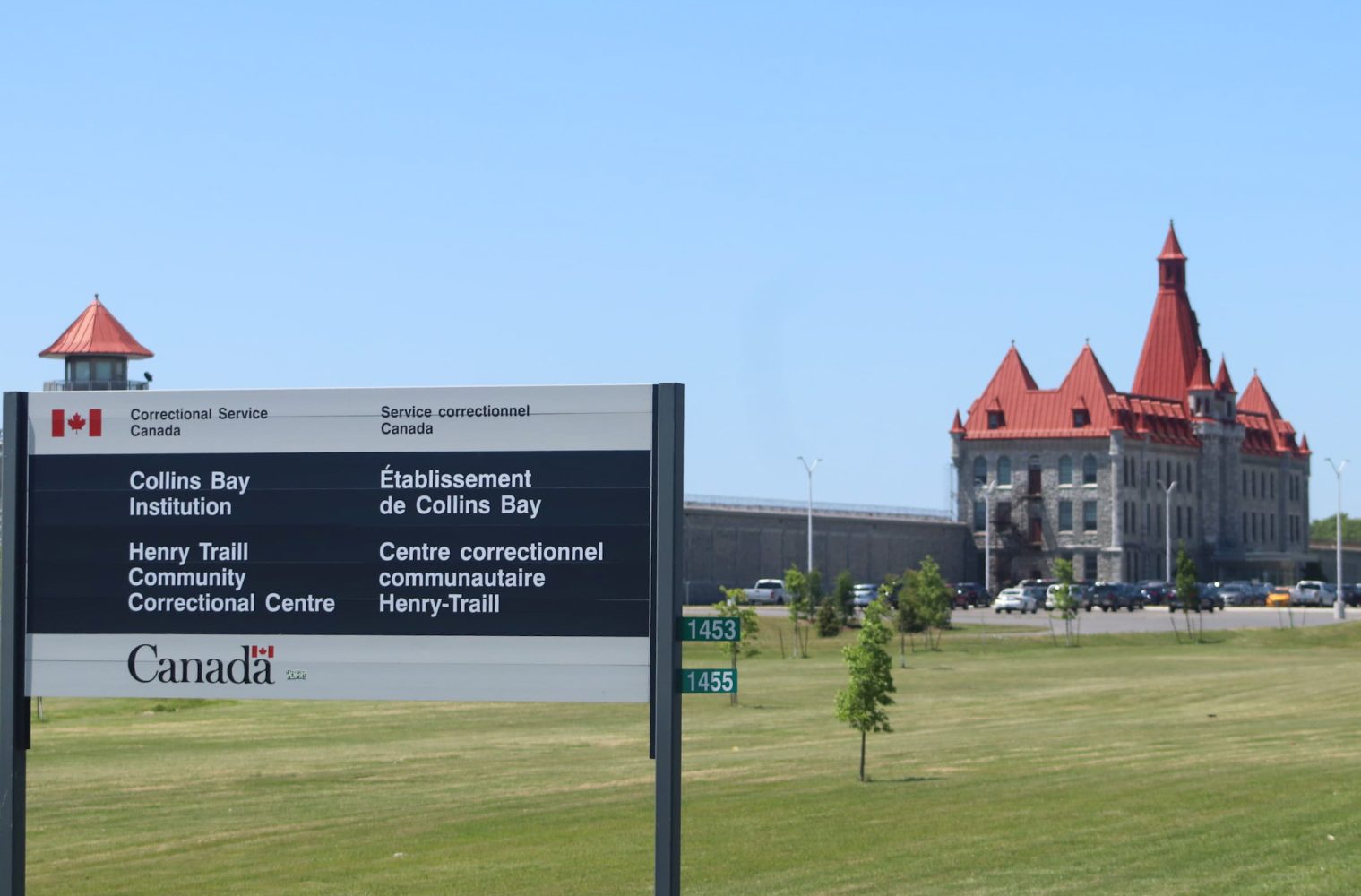
Newly published figures are offering an idea of just how enormous the problem of drone use to deliver contraband to prisons around the world has become, showing nearly 100 suspected UAV drops made to a single Canadian jail last year alone.
The statistics were part of a broader report published Thursday by the Canadian Broadcasting Corporation (CBC) illustrating the large and still growing plague of drugs, phones, weapons, and other contraband being smuggled into prisons via drone. Relying on access-to-information laws to procure figures compiled by Correctional Service Canada (CSC), the CBC documented 99 suspected UAV drops to Ontario’s Collins Bay Institution last year, compared to 44 in 2020, and 10 in 2018.
The escalating occurrence of drones spiriting contraband into prisons is a problem facing authorities everywhere in the world, with officials in Europe and the US regularly sounding warnings about the increasingly formidable challenge it poses.
Read: Illicit drone delivery of contraband to global prisons soared in 2022
Led by the Union of Canadian Correctional Officers, however, efforts to call full attention to the flow – and secure effective tech to combat it – has assumed a high profile in Canada in the past few years.
Though obviously applicable only to Collins Bay Institute, figures the CBC obtained on drone drops to the facility provide a solid indicator of the volumes of contraband getting to – and creating trouble in – prisons worldwide.
Its report noted the 99 documented and presumed aerial deliveries to the jail during 2022 coincided with about 600 seizures of drugs or related substances, and 250 busts of weapons. Unsurprisingly, the rates of violence and overdoses in global penitentiaries tend to surge or decline in function of the health of internal black markets – and, increasingly, drone deliveries.
“To me, it’s an emergency,” Jeff Wilkins, national president for the Union of Canadian Correctional Officers, told the CBC. “We’re talking about a serious threat to health and safety.”
As DroneDJ has previously reported, despite the considerable risk of drone operators themselves earning long prison jolts for delivering contraband to partners behind bars, the economics of the activity continues to fuel its rise.
UAVs required to transport illegal cargo cost as little as $300 or $500. Losses of those craft due to crash or interception are comparatively negligible, given the black market value of smuggled stashes ranging from several thousand dollars to nearly $200,000.
And while law enforcement officials have been active hunting down and arresting organizers of drone transport to prisons, that outside repression of contraband trafficking hasn’t been matched by internal prison deployment of tech to both detect and neutralize incoming craft.
Read: Ohio trio indicted for contraband drone drops to multiple prisons
Financially strapped wardens have frequently been unable to update visual scanning of the skies and use of rope netting over prison grounds with systems capable of identifying and mitigating UAVs that enter their restricted airspaces. Many facilities that are equipped with counter-drone platforms are limited to detection functionalities alone.
Meanwhile, the early $6 million in funding pledged by the CSC for anti-drone tech at Canadian jails has been described by union leaders as as insufficient to address the scale of the problem – nor thus far spent on the jails needing those preventive capacities most.
FTC: We use income earning auto affiliate links. More.




Comments